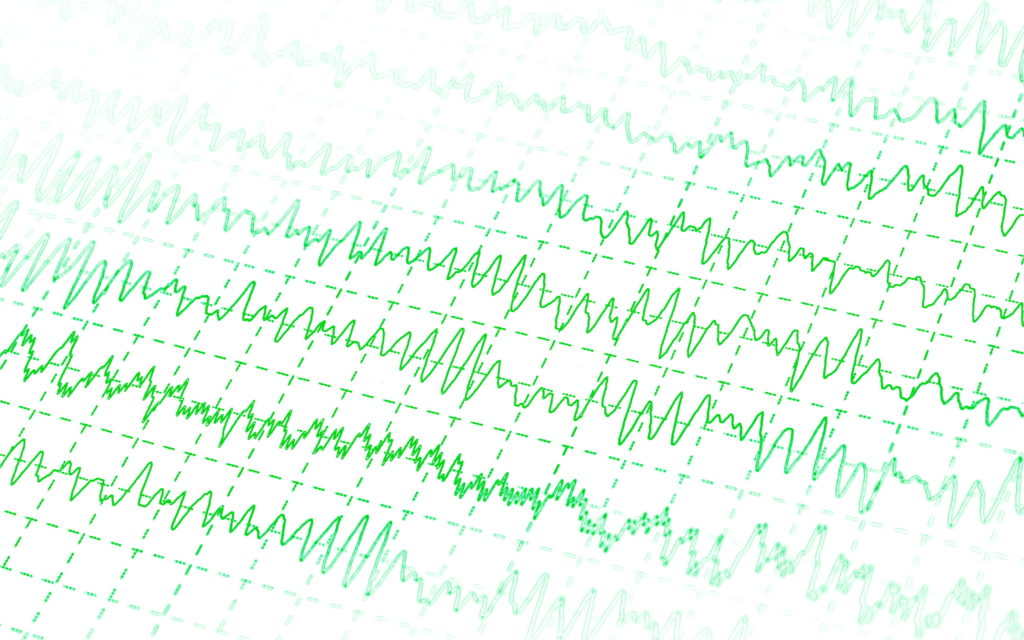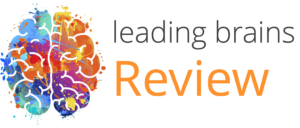Different areas of the brain are associated with empathy – this new research shows how brain regions synchronise to induce empathic responses.

Brain Network For Social Attraction Identified
Quick Hits
Daily brief research updates from the cognitive sciences

Humans do it. Birds do it. Fish do it. So do multitudes of other species. We flock together, come together, are attracted to our kind. We are a social species.
But the question is what makes us behave in this way. Or more specifically which brain circuits activate to make us want to do this and guide our behaviour to actually come together? This has been a mystery to researchers – but we do know of certain chemicals and hormones that drive this behaviour in human beings (see my review of oxytocin here).
Now researchers around Johannes M. Kappel at the Max-Planck-Gesellschaft have managed to identify a visual brain circuit that triggers social flocking.
They did this in zebrafish. To some people, I know, it sometimes sounds strange to use various animals to find these circuits and then apply this to human beings. But there are very good reasons for this including simplicity of brains and also ethical issues. It does also clearly identify mechanisms in the brain.
So, what did they find?
Well, the research into zebra fish larvae shows that they cannot resist being attracted to other zebra fish larvae. But this is related to how they swim; they have a particular jerky swimming motion. First off, the researchers were able to trick these larvae by replicating this swimming movement with a dot of light. And sure enough the larvae couldn’t resist following this dot around when moving in a similar jerky fashion.
They were then able to identify which specific regions were active. They found that a specific set of neurons in a region called the thalamus was responsible for this. The thalamus is a region that connects sensory signals to the rest of the brain. To see if this was indeed responsible for this, they were then able to deactivate these specific neurons, and, yes, the behaviour changed.
So we now know that a group of neurons in the thalamus responds to particularly social cues and drives behaviour to be social.
How this manifests in human beings will be more complex but those little zebra fish larvae have given us some important clues to our own social behaviours.

Andy Habermacher
Andy is author of leading brains Review, Neuroleadership, and multiple other books. He has been intensively involved in writing and research into neuroleadership and is considered one of Europe’s leading experts. He is also a well-known public speaker speaking on the brain and human behaviour.
Andy is also a masters athlete (middle distance running) and competes regularly at international competitions (and holds a few national records in his age category).
Reference
Johannes M. Kappel, Dominique Förster, Katja Slangewal, Inbal Shainer, Fabian Svara, Joseph C. Donovan, Shachar Sherman, Michał Januszewski, Herwig Baier, Johannes Larsch.
Visual recognition of social signals by a tectothalamic neural circuit.
Nature, 2022
DOI: 10.1038/s41586-022-04925-5
More Quick Hits
How Seven Habits Boost Brain Function and Lower Depression Risk
Diversity in Startup Teams Increases Survival In Changing Environments
Different areas of the brain are associated with empathy – this new research shows how brain regions synchronise to induce empathic responses.
All Work And No Play, Really Does Make Jack A Dull (and Ineffective) Boy
Different areas of the brain are associated with empathy – this new research shows how brain regions synchronise to induce empathic responses.
Do Conservatives and Liberals Have Moral Brains?
Different areas of the brain are associated with empathy – this new research shows how brain regions synchronise to induce empathic responses.
New Discovery: Swirling Spirals Move Across Your Brain
Different areas of the brain are associated with empathy – this new research shows how brain regions synchronise to induce empathic responses.
Zapping the Brain Improves Maths Ability
Different areas of the brain are associated with empathy – this new research shows how brain regions synchronise to induce empathic responses.












